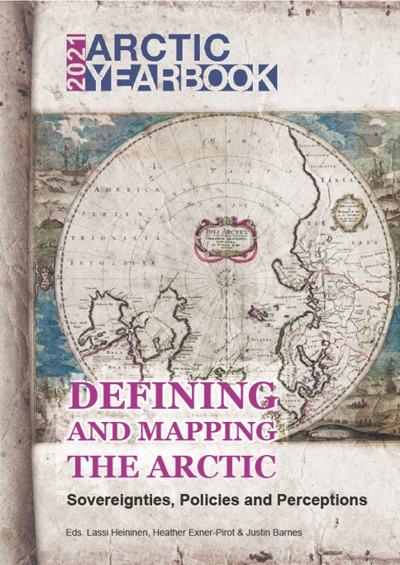Publication: The Arctic Ocean: Boundaries and Disputes
To download the publication please click on the download link at the bottom of the page
Authors: Andreas Østhagen & Clive H. Schofield
CNARC member: Fridtjof Nansen Institute (FNI)
Introduction: “Unresolved maritime boundaries can be among the most difficult disputes for states to resolve” (Lavrov & Støre, 2010). This remark came in 2010 as the Norwegian and Russian foreign ministers had successfully resolved a maritime boundary dispute in the Arctic that had been a thorn in the side since the 1970s. The benefits of agreeing on and delimiting maritime boundaries clarifying the limits of jurisdiction and sovereign rights of all states might seem to outweigh the costs of concessions made through negotiations. Still, however, almost 40 percent of all maritime boundaries remain unsettled and frequently disputed, across all continents (Østhagen, 2021: 1).
In this paper we examine how the United Nations Convention on the Law of the Sea (LOSC) has set the parameters for the maritime claims and boundary agreements in the Arctic (United Nations, 1982) [hereinafter, LOSC or the Convention]. In turn, we examine each of the maritime claims in the Arctic, and the factors that have enabled agreement on these (when that is the case). Our work leans on a legal analysis and an evaluation of political factors, building on the range of scholarly work that has emerged over the last decade examining the various legal aspects of maritime boundary claims in the north.2 We add to this literature by comparing and contrasting different practices and outcomes, while also adding a ‘global’ outlook to the Arctic’s recent developments.
Locating the Arctic in the international legal context (the law of the sea in particular), we find that the maritime claims of the Arctic coastal states are predominantly in keeping with international legal norms, and that these states have made substantial progress in resolving overlapping maritime claims through maritime boundary agreements between themselves. Greater uncertainty exists concerning ‘outer’ or ‘extended’ continental shelf rights seawards of 200 nautical miles (M) from baselines along the coast. Nonetheless, despite broad areas of overlapping assertions to continental shelf rights in the central Arctic Ocean, the region has been characterized by substantial scientific and legal cooperation – not conflict.


